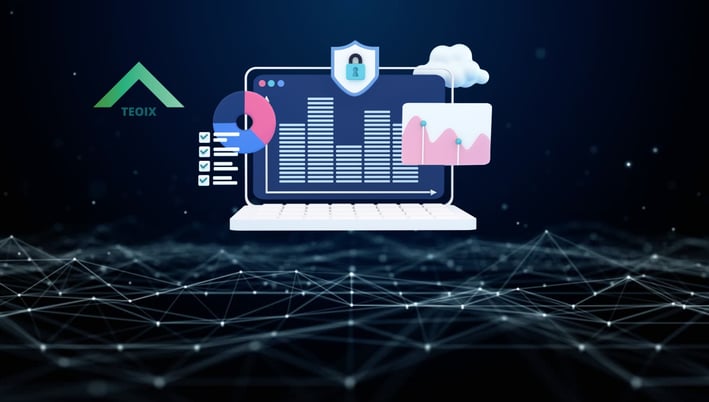Implementing Effective Data Security Measures: A Comprehensive Guide
SECURITY
5/6/20242 min read


Data security is critical in today's digitally-driven environment. Data protection has become a top priority for people, companies, and organizations due to the rise in the amount of sensitive information being communicated and stored online. To protect against hacking, breaches, and unwanted access, strong data security measures must be put in place. Here is a thorough how-to guide for putting in place efficient data security:
Risk Assessment:
To find any weak points, dangers, and hazards to your data, start with a comprehensive risk assessment. This procedure entails determining the data's level of sensitivity, identifying potential risks, and calculating the consequences of a security breach.
Data Classification:
Arrange your data according to its significance and level of sensitivity. Different types of data require different levels of protection. Sort data according to its criteria for availability, secrecy, and integrity.
Access Control:
Make sure that only people with permission can access sensitive data by putting strong access control measures in place. To restrict access to data, use strategies like least privilege principles, multi-factor authentication (MFA), and role-based access control (RBAC).
Encryption:
Protect data while it's in transit and at rest by using encryption techniques. Use robust encryption techniques to encrypt critical information so that unauthorized users cannot decrypt it. To secure data while it is being transferred across networks, use Transport Layer Security (TLS).
Frequent updates and patch administration:
Update operating systems, software, and security tools with the most recent patches and updates. Attackers may use software vulnerabilities to obtain unauthorized access to data. To reduce these risks, put in place a strong patch management procedure.
Data Backup and Recovery:
To guarantee that data can be restored in the case of a security breach or data loss incident, regularly perform data backup procedures. Maintain backups offsite in a secure location, and test data recovery procedures frequently to make sure they work as intended.
Awareness and Training of Employees:
Inform staff members of the value of data security and provide them with training on safe handling techniques for confidential data. Provide precise guidelines and protocols for managing passwords, processing data, and reporting security incidents.
Network Security:
To monitor and safeguard network traffic, put in place robust network security mechanisms including firewalls, intrusion detection systems (IDS), and intrusion prevention systems (IPS). Segment networks in order to protect critical information and lessen the effects of security breaches.
Security Monitoring and Incident Response:
Use security monitoring technologies to quickly identify and address security incidents. Create an incident response strategy that outlines the containment, eradication, and recovery methods to be followed in the event of a security breach.
Regulatory Compliance:
Verify adherence to pertinent industry standards and data protection laws, including PCI DSS, GDPR, HIPAA, and others. Recognize the legal requirements for data security and put plans in place to fulfill your compliance needs.
Organizations can improve their data security posture and lessen the chance of data breaches and cyberattacks by adhering to these thorough rules. Recall that maintaining data security is a continuous process that calls for constant observation, modification, and advancement in order to keep up with emerging threats. Investing in strong data security procedures is crucial for preserving credibility and trust with stakeholders, partners, and customers in addition to safeguarding sensitive data.


